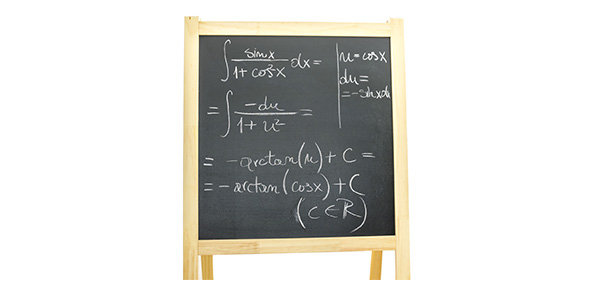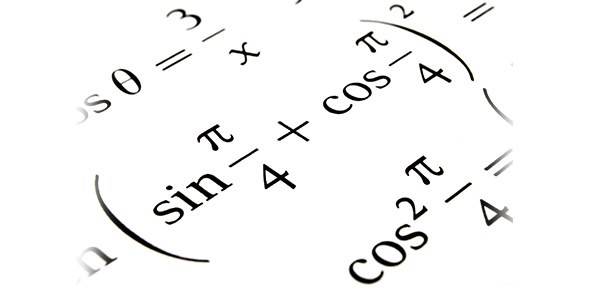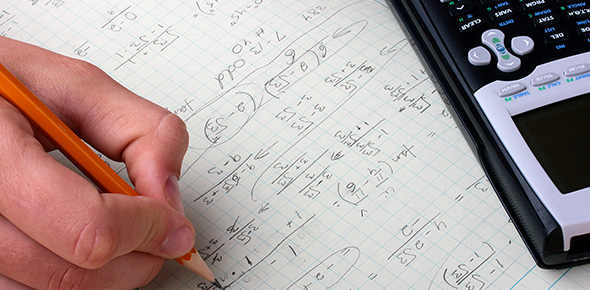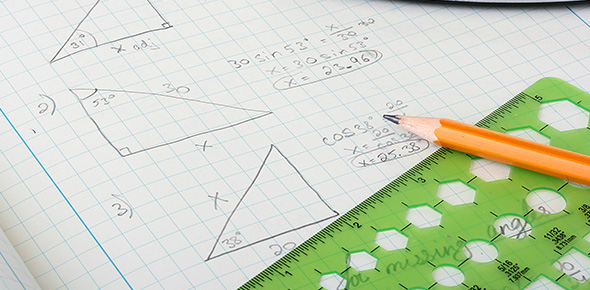Related Flashcards
Related Topics
Cards In This Set
| Front | Back |
|
What is quantitative data analysis?
|
It is defined as the process of utilizing a variety of statistical procedures to analyze numerical data.
*This data analysis involves counting responses and using other statistical procedures to discover the identifying characteristics of individual variables in a sample and the relationship between two or more variables in the sample. |
|
What two stops does data analysis used to conduct the research?
|
1. Descriptive analysis of the individual variable is conducted.
2. Inferential statistics are used to analyze the association between variables. |
|
What is the purpose of descriptive statistics?
|
It is to organize, describe, and represent quantitative data in a manner that is concise, manageable, and understandable.
|
|
What is inferential statistics?
|
They are statistical procedures that are used to examine associations about a population based on the results found in a sample.
|
|
What are the five commonly used types of descriptive statistics used?
|
Mean- average of the scores
median-midpoint of the scores mode-most frequently occurring score range-the overall spread or varability of a variable. frequency- the number of times that a response occurs |
|
What is the range?
|
The overall spread or variability of a variable.
*It tells the difference between the lowest (minimum) and highest (maximum) values (responses) for a variable. Example- a class span for 18 years old to 73 years old, you would say the range is 55. The difference between 18 and 73. |
|
What is variance?
|
A statistical measure used to examine the spread of scores in the distribution.
*The larger the variance, the further the scores are from the mean; the smaller the variance, the closer the scores are to the mean |
|
What are the measures of central tendency?
|
They are statistical measures that report how much our data is a like or similar.
|
|
What are the three measures of central tendency?
|
1. Mean (average of the scores)
2. Median (midpoint of the scores) 3. Mode (most frequently occurring score) |
|
What is dispersion?
|
It is known as measures of variability. They are also statistical measures that reflect dissimilarities in our sample.
|
|
What are the three types of measure of dispersion?
|
1. Range- overall spread or variability from the minimum score to the maximum score)
2. Variance- the spread of scores in a distribution of scores. 3. Standard deviation (the square root of variance in the most commonly used measure of dispersion.) |
|
What is normal distribution of data?
|
In assumption used in statistical procedures that scores are probably distributed equally around the means.
This data resembles a bell shaped curve. |
|
What does the term aggregate data mean?
|
Compile information in a concise, manageable, and understandable manner so the data can be examined relatively quickly.
|
|
What does univariate analysis mean?
|
It involves examination across case of one variable at a time.
It involves the three major characteristics of a single variable that we tend to look at: 1. Distribution 2. Central tendencies 3. Dispersion |







